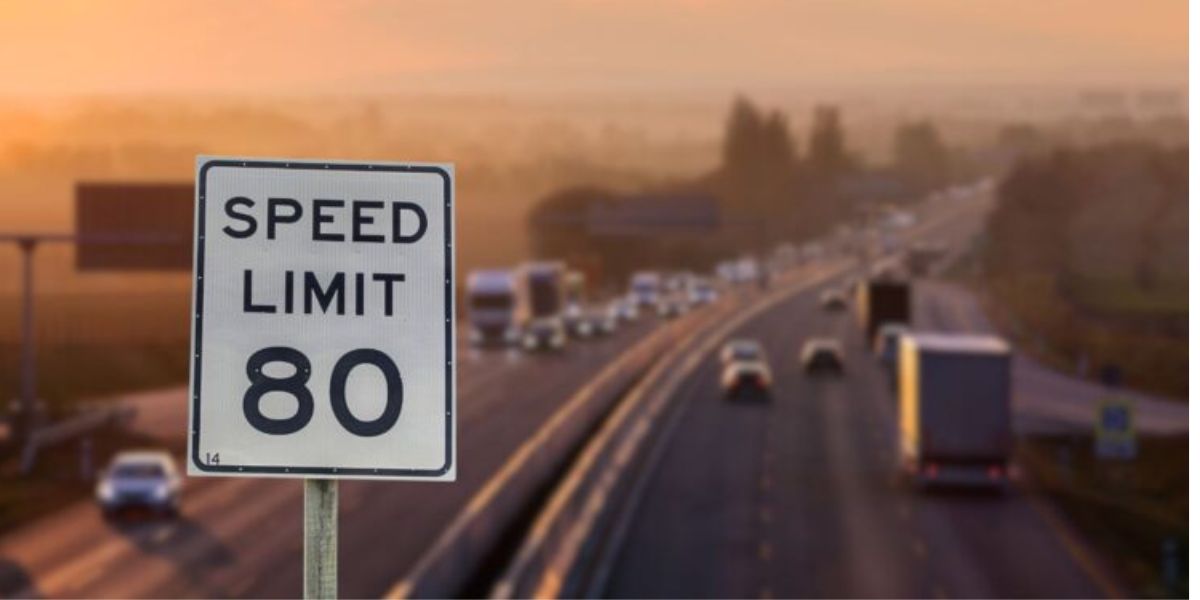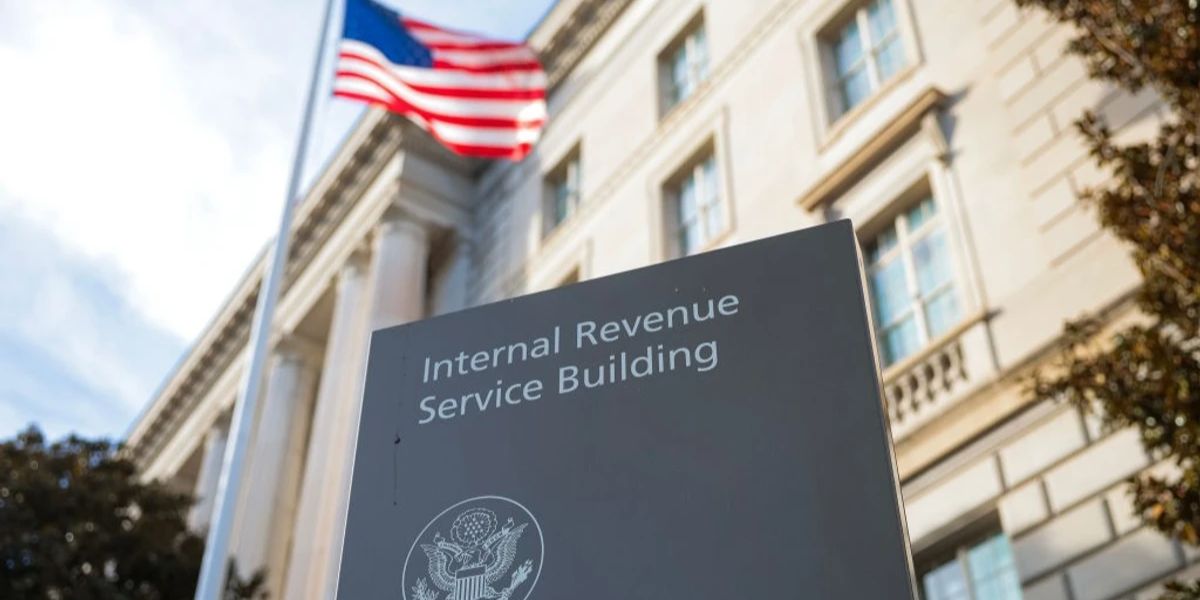In a move that aligns North Dakota with two of its neighboring states, the state has officially increased the speed limit on interstate highways to 80 mph.
This new legislation, signed into law by Governor Kelly Armstrong on May 5th, will take effect on August 1st, marking a significant change in the state’s traffic laws.
The Push for 80 mph Speed Limits
The decision to raise the speed limit to 80 mph comes as a response to the increasing number of drivers already traveling at higher speeds on interstate highways.
With neighboring states like South Dakota and Montana already adopting similar limits, North Dakota’s new law is a step toward harmonizing traffic regulations across the region.
However, this change is not without controversy.
Critics argue that higher speed limits could lead to an increase in fatal accidents, especially as speed is a known contributing factor to fatal crashes. The government has addressed these concerns by implementing higher fines for speeding offenses as a deterrent.
Speeding Fines to Increase
Along with the increase in speed limits, the state has also raised fines for speeding. For drivers caught speeding on highways with a speed limit of 65 mph or higher, the fine will be $20 plus $5 for each mile per hour over the limit.
On other roads, fines will range from $3 to $20 for each mph over the limit, with an additional $20 fine for violations of 16 mph or more above the speed limit.
Governor Kelly Armstrong has stated that the changes are a reasonable solution to balance the state’s needs while aligning with neighboring states.
“This bill strikes a reasonable balance by aligning North Dakota’s interstate speed limit with two of our three neighboring states and increasing fines as a deterrent to speeding,” Armstrong said in a statement.
What Does This Mean for North Dakota Drivers?
Drivers in North Dakota will need to be mindful of both the higher speed limit and the increased fines. As the new law takes effect, there will be a period of adjustment for those accustomed to the previous speed limits.
However, with fines now tied directly to the degree of speeding, drivers will need to be cautious to avoid hefty penalties.
Read Also: $1,000 Speeding Fines Coming to Connecticut as State Targets Extreme Speeders
The Bigger Picture: Neighboring States’ Speed Limits
North Dakota’s move comes after South Dakota and Montana already implemented similar speed limits. However, its third neighboring state, Minnesota, has opted for a more conservative approach, keeping its rural and interstate highway speed limit at 70 mph.
This contrast between neighboring states has sparked ongoing debates about the safety and effectiveness of higher speed limits on highways.
Is This the Right Move?
While the state of North Dakota is confident that the new law strikes a balance between increased speed and safety, it remains to be seen how this will impact accident rates in the region.
The higher fines could deter reckless driving, but will they be enough to offset the potential dangers of increased speed limits?
What are your thoughts on the increase in the speed limit to 80 mph? Do you think it will lead to more accidents, or is it a necessary change to keep up with neighboring states? Let us know in the comments below!
For more updates on North Dakota’s traffic laws and other state regulations, visit ridgecrestpact.org.














